If there’s one thing that’s hard to avoid when cycling Colombia, it’s high altitude. The other is unpaved roads. For those who are not put off by the lack of oxygen and tarmac and decide to fly to Colombia with your bike, it’s highly likely that you’ll first set foot in the capital city of Bogota which, at 2,640 metres of altitude, is the third highest in the world. Knowing that Shimano Gravel Alliance rider Sofiane Sehili was heading to Colombia for an 18-day high altitude gravel adventure, we decided to balance his experience with that of an expert to get the ultimate real-life guide to riding at altitude.
How to deal with your first few days at altitude
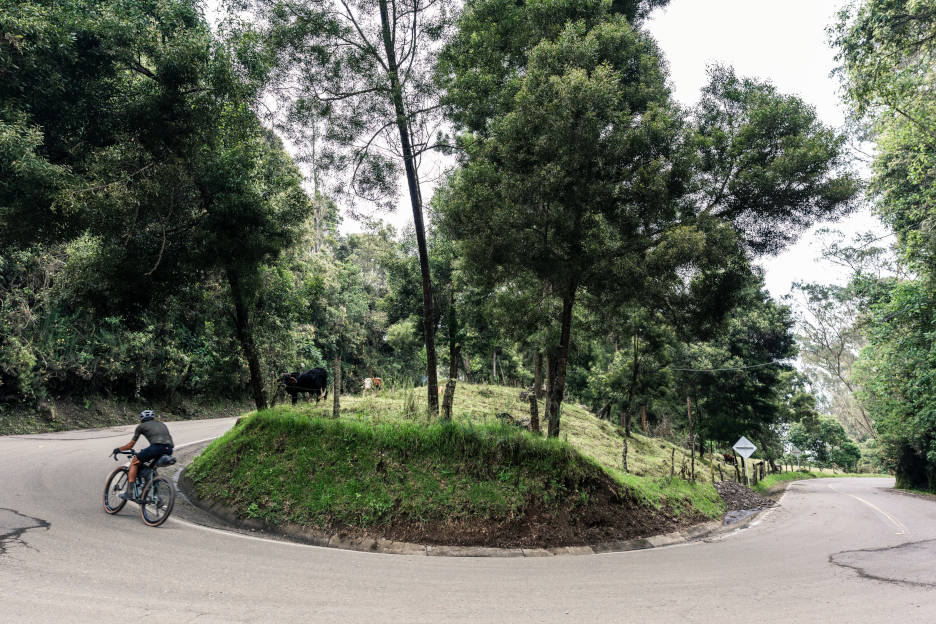
The cyclist:
If, like me, you’re coming from sea level, waiting a couple days before doing any sort of serious riding wouldn’t be the worst idea. Bogota is a nice (if intimidatingly big) city and there are worse things than visiting it while sampling great local coffee. So that’s what I did. I chilled in the old town neighbourhood of La Candelaria and walked the streets of the hip Chapino district. Once I was done with the touristy part of my trip, I picked a nearby town to start the actual bike riding part. A couple of days is not enough to acclimatize to an altitude of 3,000m; it’s barely enough to get rid of the jetlag. I did an easy 4-hour spin on paved roads to begin with, moving up to 6-hours easy the next day. A couple of steep climbs tested my lungs for sure, but they weren’t long, so I didn’t feel drained afterwards. I finished in the pretty town of Villa de Leyva, which is lower than Bogota and could enjoy a better sleep.
The expert:
Due to the lower partial pressure of oxygen in the air, unacclimatised individuals will have an acute reduction in arterial oxygen delivery. If you are preparing for competition at altitude, a short stay of 5-10 days prior to a key target can be sufficient to elicit improvements in performance at altitude, through acclimatisation. Typically, I would recommend a stay of at least 16 days, aiming for 14 hours per day at altitude.
"If you’re coming from sea level, waiting a couple days before doing any sort of serious riding wouldn’t be the worst idea."
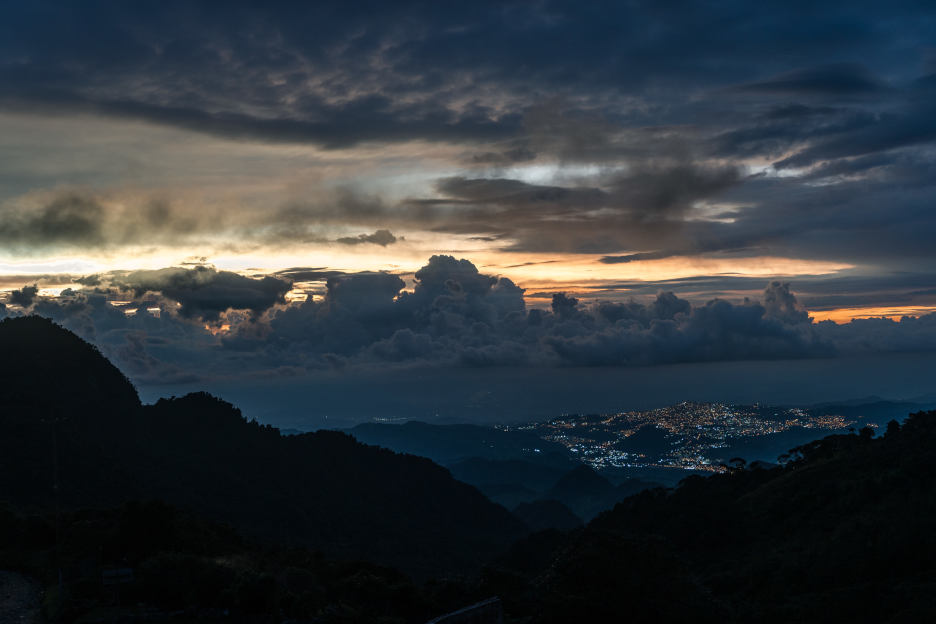
How to sleep at altitude
The cyclist:
Sleeping at altitude is oftentimes difficult when you’re not acclimatised. I experienced a lot of restless nights at high altitude. Adding jetlag to the equation did not help and even though I was tired from the riding, I had a hard time getting proper rest. To make sure I would not struggle too much, I avoided screens (smart phone/laptop/TV etc) in the 60 minutes before going to bed, choosing to read a book instead. Breathing techniques also helped me fall asleep, but most of the time I slept an hour less than I usually do.
The expert:
Often sleep quality is worse at altitude, due to the increased breathing frequency, heart rate and basal metabolism. This is a normal response, and a good sleep routine is recommended to improve sleep quality.

How to ride hard at altitude
The cyclist:
The very serious things started a couple days later with two climbs above 3800m. That was only my 4th day of riding and overall, my 6th day in Colombia. Was it hard? For sure. But honestly, it’s hard to tell what made it hard. Was it the rain? The cold? A road so broken that I didn’t see a single car for 80km? The altitude? It was probably a mix of everything, but I found it harder than usual. To give you an example, once I reached the summit, I stopped to put on some warm clothes before the descent. And, well, the simple act of putting on my down jacket was enough to get me out of breath. Needless to say, ascending this mammoth climb to 4,200 metres above sea level necessitated a very calculated effort. The key is to find your rhythm. A heart rate monitor can help, but I don’t wear one when I’m touring, so I just played it by ear. Slow but steady.
"The simple act of putting on my down jacket was enough to get me out of breath."

The expert:
At altitude, your heart rate is elevated, and the cost of producing the same power that you would be doing at sea level is greater. So, it is recommended to use heart rate as an indicator of intensity and not power. As your training output will be impaired at altitude, most athletes chose to 'train-low' when staying at altitude. That is to sleep, recover and spend as much time as possible 'up-high', but to complete the training sessions as low as possible, with the higher partial pressure of oxygen so that performance is not impaired. A prolonged stay at altitude will stimulate the body’s natural erythropoietin (EPO) levels, which can then increase red blood cell production, subsequently improving oxygen delivery to the working muscles.
“A prolonged stay at altitude will improve oxygen delivery to the working muscles.”
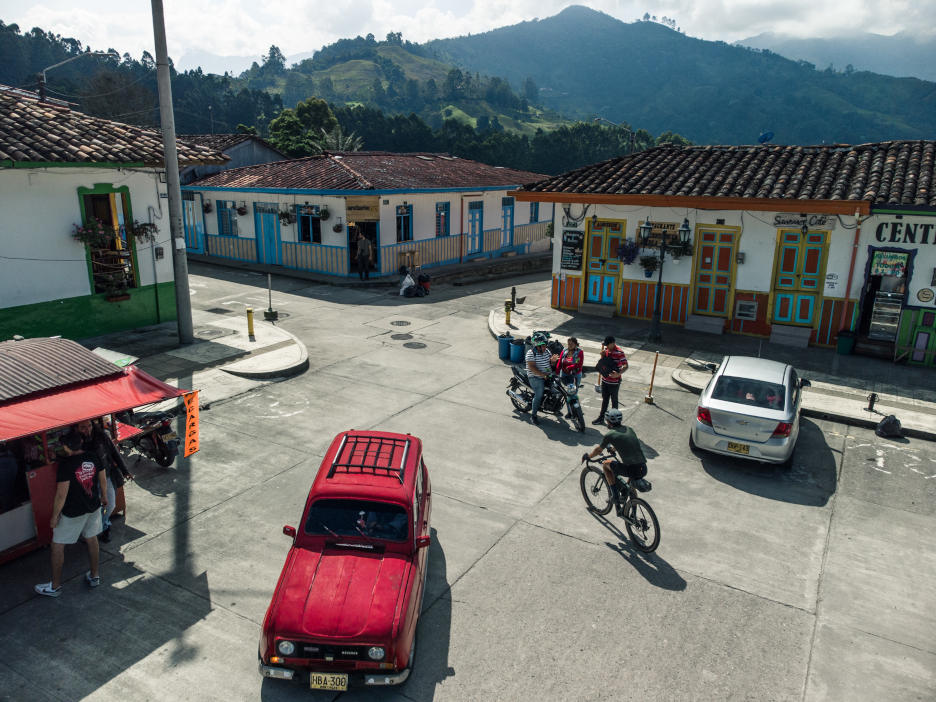
How to breathe efficiently at altitude
The cyclist:
Sometimes I found I had pushed a bit too hard for a couple of pedal strokes by feeling an urgent need to fill up my lungs with as much air as possible. It doesn’t take much to be out of breath when you’re around 4000m of elevation. One common misconception is that the higher you get, the less oxygen in the air there is. Actually, there’s always 21% of oxygen in the air, no matter how high you climb. But at higher elevation, the pressure is different. So, for the same volume of air in your lungs, there’s going to be less of every gas that is constituent of the air we breathe. Ergo less oxygen and more gasping for breath in your lungs.
The expert:
As your body responds to the lower partial pressure of oxygen within the air, it will try to adapt to increase the delivery of oxygen within the body. Initially this is through increased breathing frequency, ventilation and heart rate.
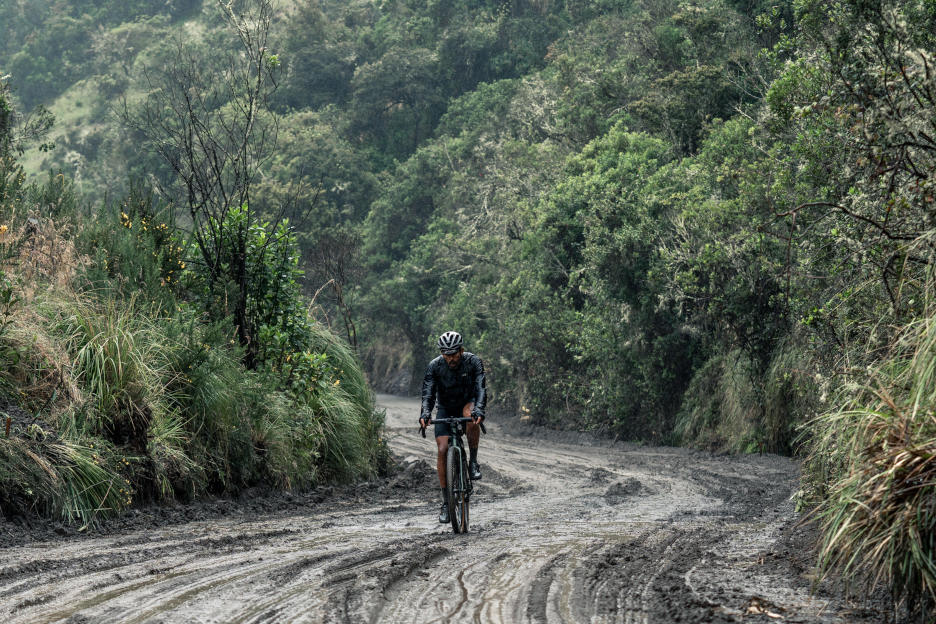
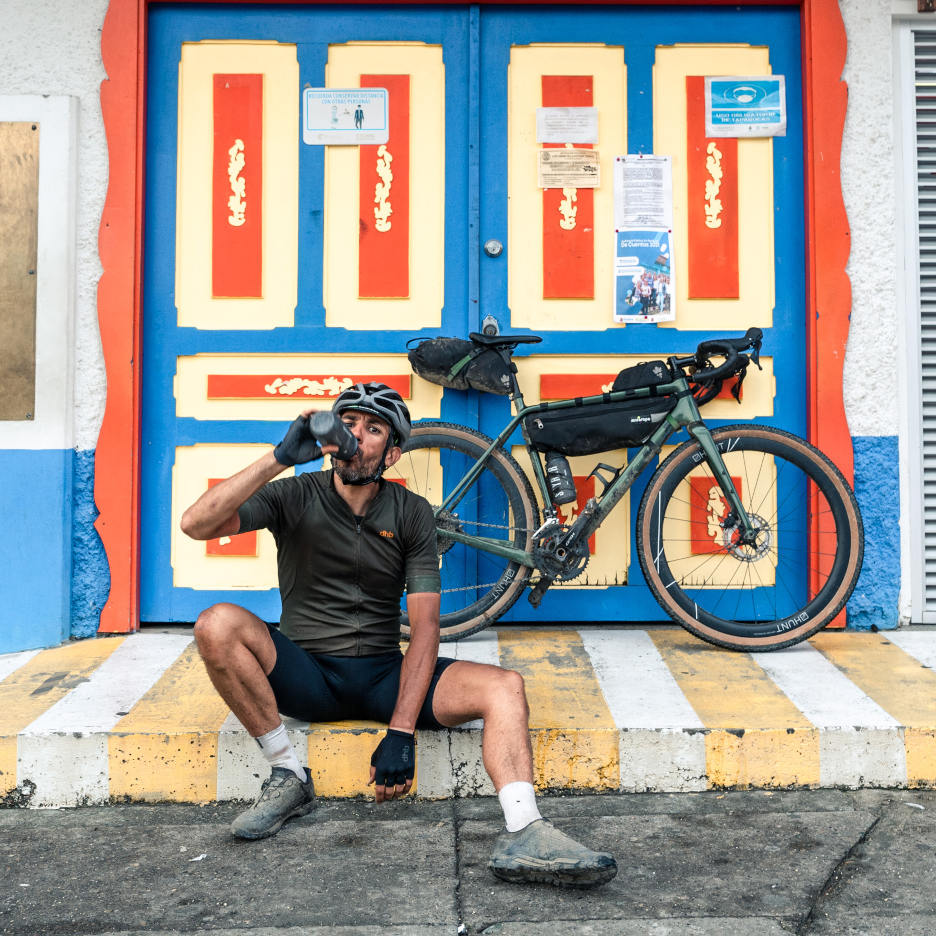
How to stay hydrated at altitude
The cyclist:
Over my many years of bike riding, I have found that thirst alone is not a sufficient indicator of how often you should drink. And this is even truer at altitude. To make sure I stayed hydrated, I forced myself to drink every twenty minutes or so. The amount of fluid was variable, of course. Sometimes I just had a sip, other times I downed a third of my bottle. You don't need to drink a litre per hour when it's 9°C and rainy, obviously. But having this routine was the best way to make sure I wouldn't become dehydrated. I was also carrying purification tablets. This way whenever there were a no shops for a long stretch, I could just drink from steams. I just needed to make sure the purification tablet had been in the water for 30 minutes, then I was good to go.
The expert:
Because your breathing rate is increased, you will dehydrate quicker at altitude – always check your hydration levels (the colour of your wee is an easy way to do this) and increase fluid intake by at least 500ml each day.
"I forced myself to drink every twenty minutes or so."
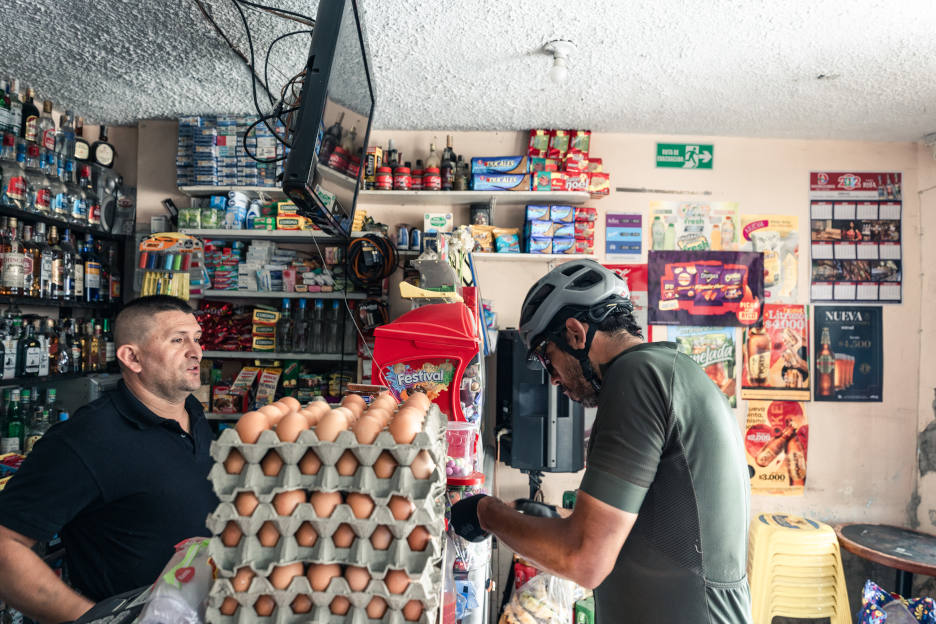
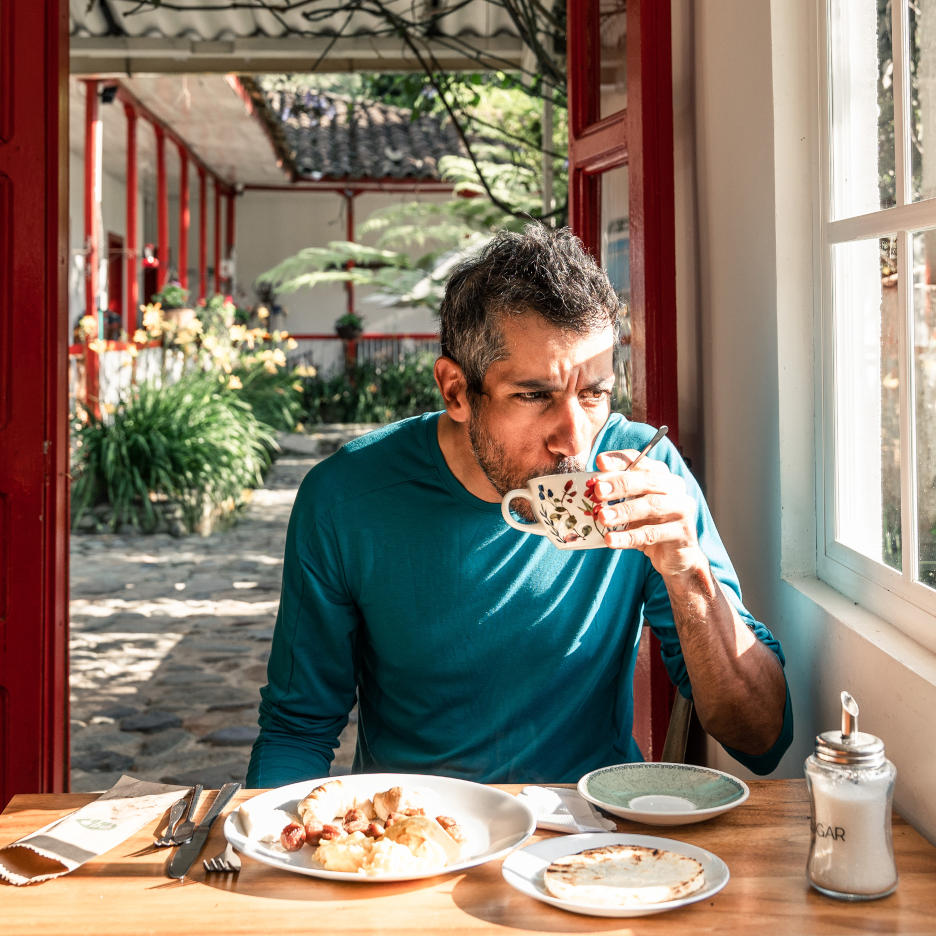
How to stay fuelled at altitude
The cyclist:
Fuelling appropriately was challenging – mostly because each day I cycled a really long way, and this meant I did not always have time to sit down for proper lunch. Whenever I could, I would grab papas rellenas, which are deep fried mash potato croquettes filled with a mix of minced meat and veggies. I liked them because they were readily available and provided a good source of carbs, fat and salt.
If during the day I mostly ate like a normal person (or even less), at dinner I turned into an ogre. I would usually turn up somewhere and order two meals back-to-back, which would confuse the waiter. They would ask me "Para llevar?" (take away?) and I would just answer: ‘no, bring the food now... I'll eat it.’ Then I'd go to a small convenience store and stock up on candy and sweets to eat in my hotel room.
The expert:
Basal metabolism (the amount of calories/energy you burn at rest) is increased at altitude, so it is recommended to increase your normal daily intake by 5-700Kcal per day to account for this increase in expenditure. Losing weight is not the goal at altitude, in fact has been shown to negate the haematological improvements. Always maintain body weight at altitude.
“I would usually turn up somewhere and order two meals back-to-back”
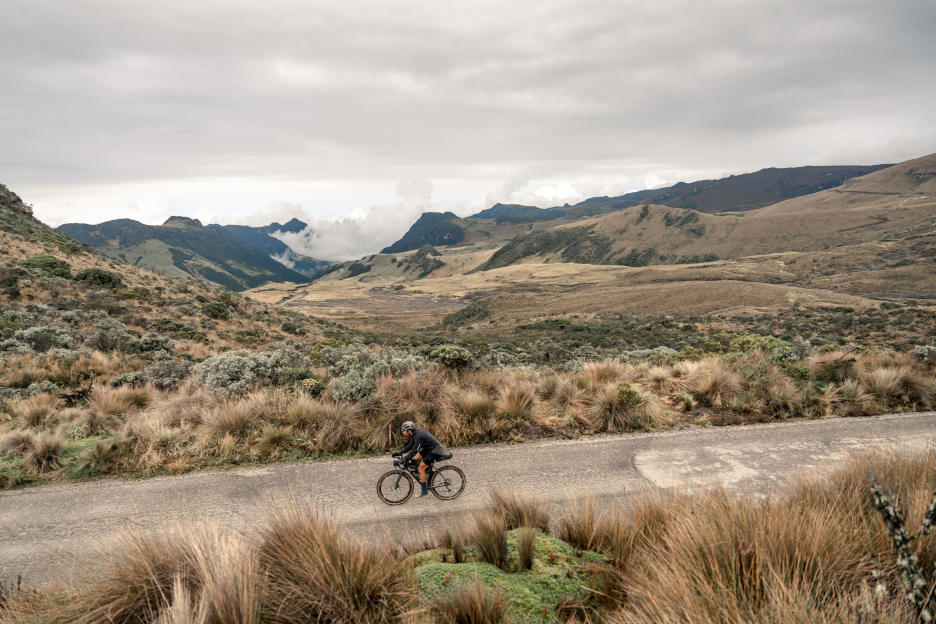
How to get the most out of your stay at altitude
The cyclist:
My trip lasted for about three weeks and ended with the ascension of one of the longest climbs in the world: Alto de Letras. It’s not one of these climbs where you get to the top and then you can immediately enjoy the downhill. Instead, you reach 4,000m, then spend 20km riding on the flat with continual ups and downs. All of it unpaved, of course. And that’s a long time to spend with so little oxygen. But there I could feel my body had finally adapted. Sure, it’s still not like riding at sea level, but I wasn’t experiencing the shortness of breath from the early days of the trip. But when you’re bikepacking, does that performance aspect really matter? As long as you don’t suffer from headaches (or worse, acute altitude sickness) and are able to spin up the steep gradients on your granny gear, that’s pretty much all that matters. The goal is not to be the fastest, it’s just to enjoy the stunning surroundings, landscapes that you can only find at very high altitude. And the challenge you face to gain access to these views makes them even more beautiful.
The expert:
In terms of psychological effects, the ‘training camp effect’ can often be the most significant factor. Often when staying at altitude the motivation to train, monitor and control every aspect around the training and lifestyle, including rest are improved by the individual, hence having a large impact on the outcome. Which leads to the question, is it really the altitude, or the training camp effect that improved performance? I think the answer is a bit of both!
“The goal is not to be the fastest, it’s just to enjoy the stunning landscapes that you can only find at very high altitude.”
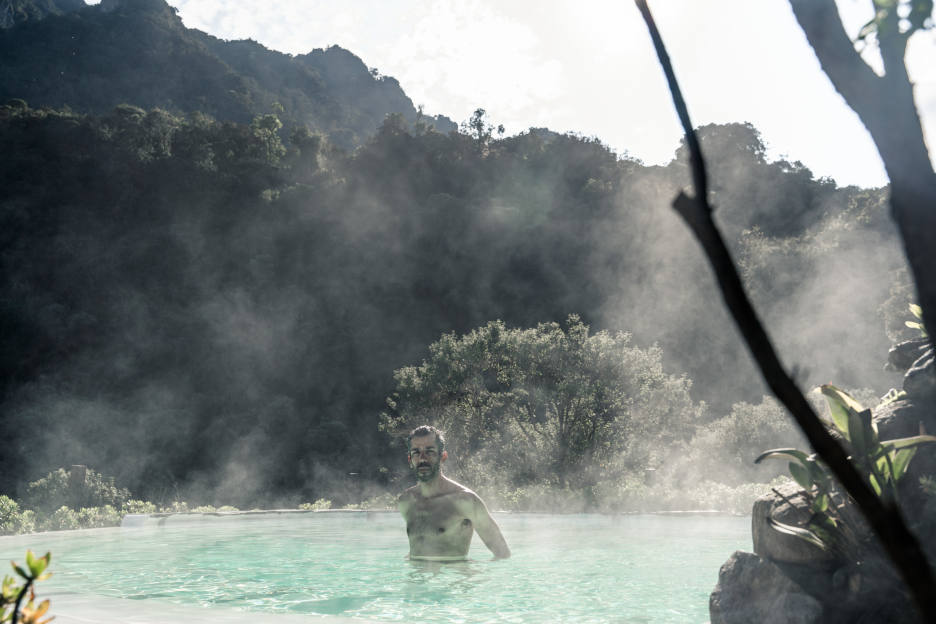
Authors:

Sofiane Sehili - After discovering the joy of cycling via commuting, Sofiane decided to push things further and transitioned to bike touring, forging a long-lasting passion for self-powered two-wheeled adventures. It didn't take him long to get initiated into the peace and quiet of off-road touring. So, when the gravel bike revolution happened, he was on board immediately. Over the years, fuelled by his desire to ride longer and longer distances, he successfully turned into an ultra-cyclist specialising in off-road races. He says that after a tedious process of trial and error, victories finally came and racing the longest and toughest races in the world is now his full-time job.

Elliot Lipski - Working as an applied exercise physiologist since 2013, gaining experience in elite sport and the private training sector. Having completed an undergraduate and Masters Degree in Applied Exercise Physiology at the University of Brighton, focusing on hypoxic exposure and endurance training adaptations. Currently working as a coach for Team Alpecin-Deceuninck.





